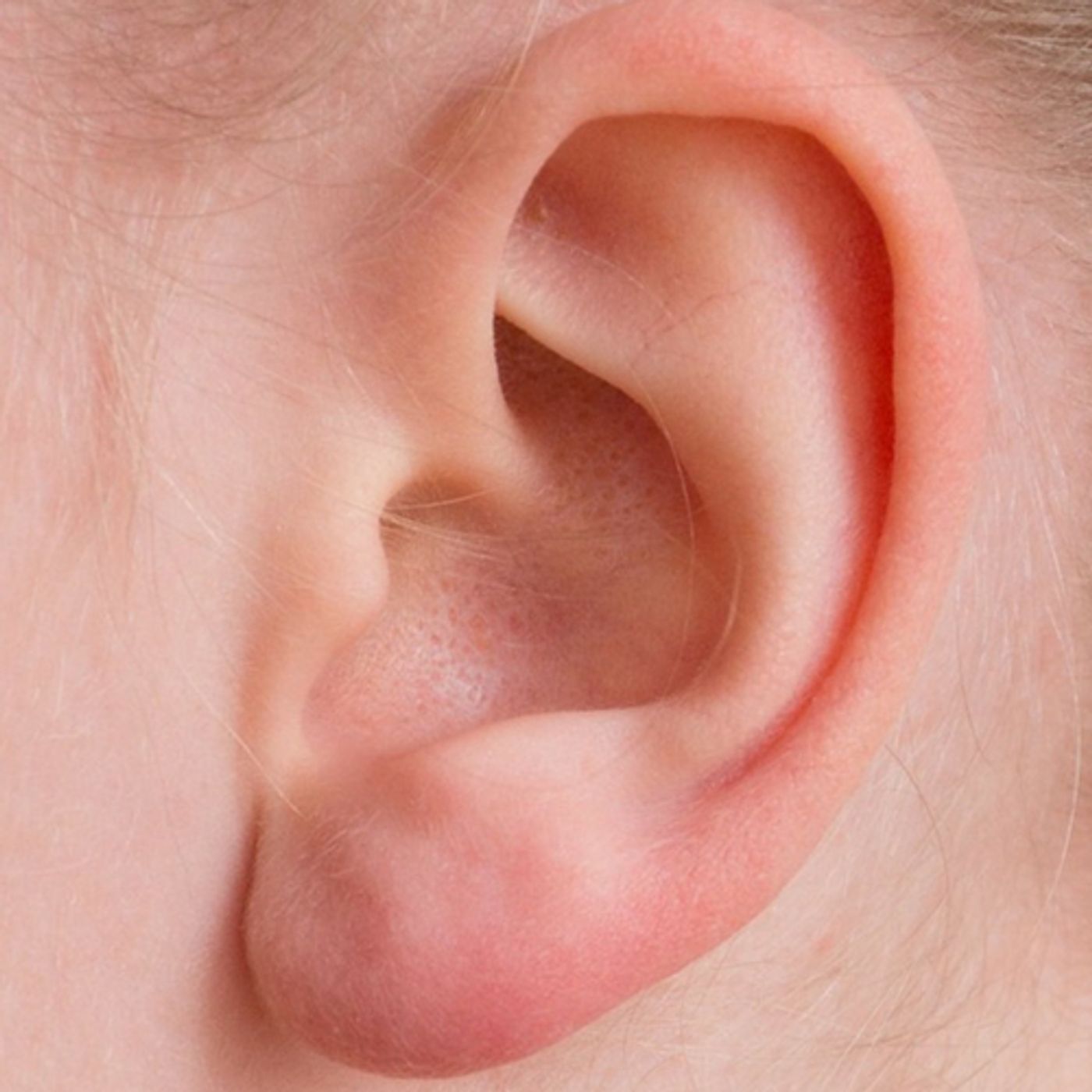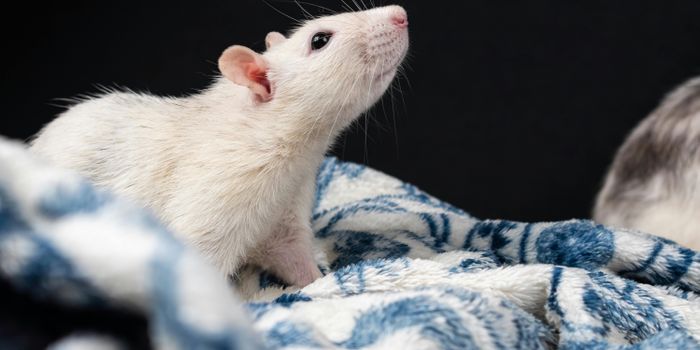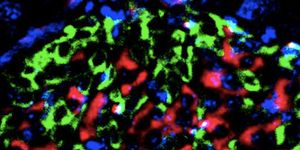Growing An Ear in Your Forearm?
Many people think of plastic surgery and assume it’s only for celebrities or wealthy socialites who want to stop the aging process from showing up on their faces, but plastic surgery is also about giving someone a fresh start. Reconstruction after illness or trauma is often the best way for patients to move forward.
Army plastic surgeons at William Beaumont Army Medical Center recently operated on Pvt. Shamika Burrage, a supply clerk with 1st Battalion, 35th Armored Regiment, 2nd Brigade Combat Team, 1st Armored Division. Pvt Burrage was seriously injured in a car crash and lost her entire left ear and suffered other injuries.
While there are prosthetic ears, they are not attractive and can look fake or out of place. Burrage underwent a series of surgeries, and her ear was replaced with an ear that grew under the skin of her forearm. Using cartilage and cells from a rib, doctors were able to fashion an ear, but it needed to grow blood vessels to stay viable. Surgeries that just take skin grafts are not as successful because blood flow is essential. Pvt. Burrage was also dealing with anxiety and depression as a result of the accident, and her counselor was the one to refer her to plastic surgery, to help her feel better about the scarring and injury.
Lt. Col. Owen Johnson III, chief, Plastic and Reconstructive Surgery at WBAM explained, "The whole goal is by the time she's done with all this, it looks good, it's sensate, and in five years if somebody doesn't know her they won't notice. As a young active-duty Soldier, they deserve the best reconstruction they can get. She was 19 and healthy and had her whole life ahead of her. Why should she have to deal with having an artificial ear for the rest of her life?"
The process of growing the ear is what’s so advanced. Cartilage from the rib is rich in cells that grow quickly, so the surgical team took a piece from Burrage. Rather than using donor or animal tissue, the procedure works better because the cells are autologous, meaning they are the patients own cells, so rejection isn’t a concern. It’s called a “prelaminated forearm free flap” where the tissue from the patient is surgically implanted just under the skin of the forearm. Because the cells are not from a donor, the tissue vascularizes and grows. Surgeons used Burrage’s other ear as a template to guide the tissue growth.
Initially, Pvt. Burrage was hesitant about multiple surgeries and reconstruction, stating, “I didn't want to do (the reconstruction) but gave it some thought and came to the conclusion that it could be a good thing. I was going to go with the prosthetic, to avoid more scarring but I wanted a real ear. I was just scared at first but wanted to see what he could do.”
The new ear will cover any current scars around the area. Also, Burrage was lucky enough not have lost any hearing, so the surgeons also opened up the ear canal, which had closed from scar tissue forming so that the ear will be functional as well. While plastic surgery might seem like a field of just cosmetic procedures and vanity, Dr. Johnson explained how many surgical advances came about. “The whole field of plastic surgery has its roots in battlefield trauma," said Johnson. "Every major advance in plastic surgery has happened with war. This was trauma related." Check out the video below to learn more about this soldier and her new lease on life.









